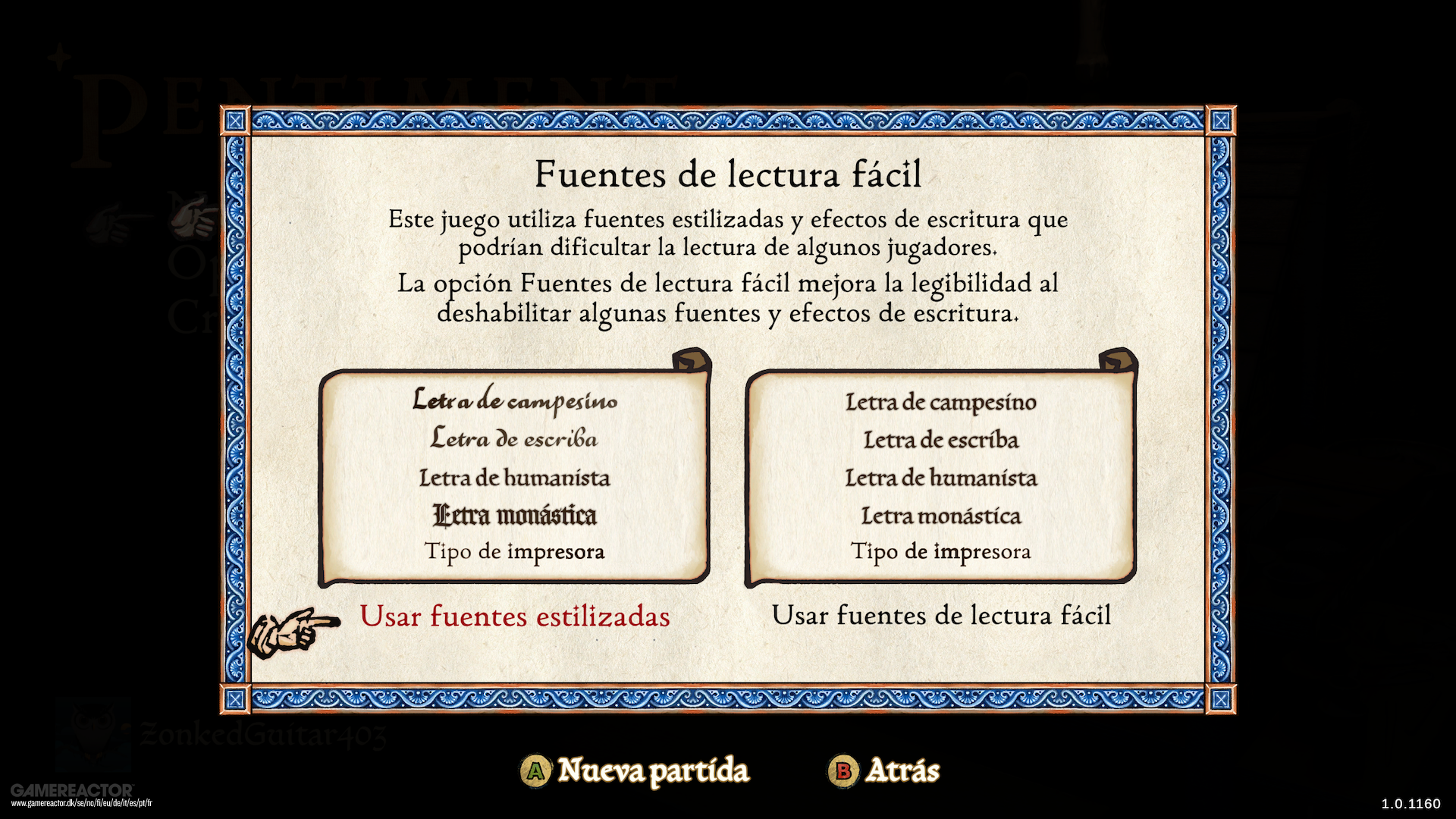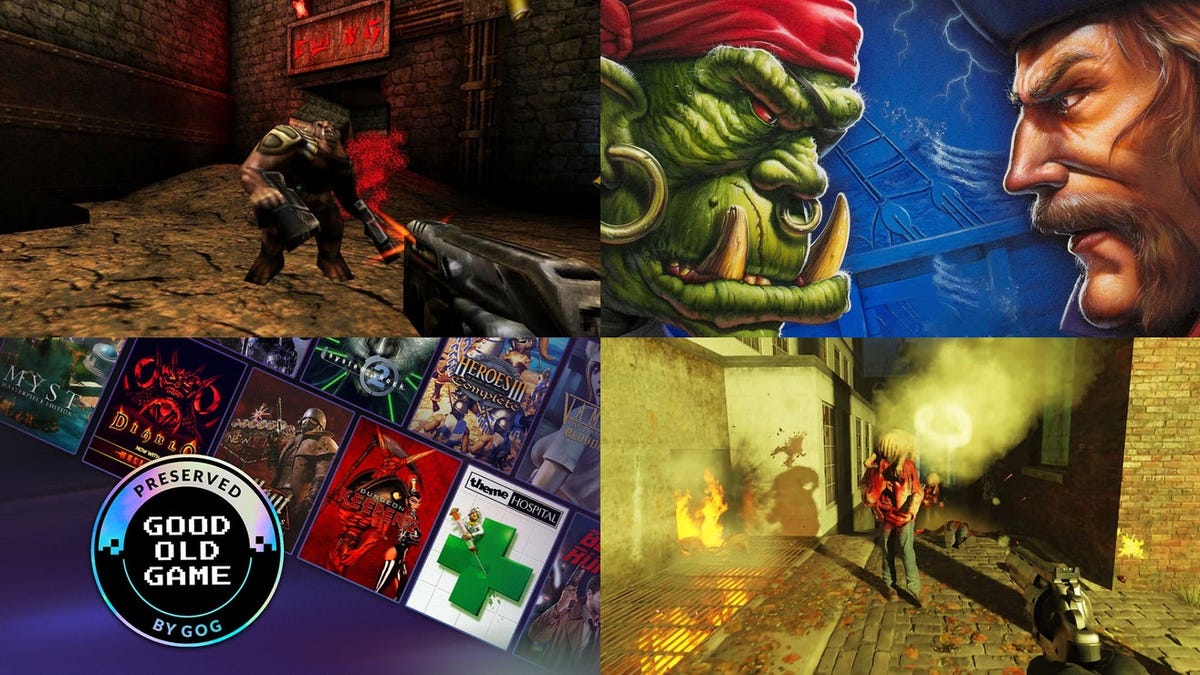Today, if you allow me, I’ll start with a little bit of historical context. We are at the beginning of the 16th century, Carlos I of Europe and V of Germany rule over half of Europe. It is the end of such a Middle Ages and the beginning of a new era, the Renaissance. The printing press is already a reality and the illumination of manuscripts is approaching its last days. Lutheranism was born in the German provinces and half the world is wondering what lies across the ocean.
we give life Andrew Paintera young artist of these manuscripts who lives temporarily in the small village bags. The city is ruled by a monastery of Benedictine monks and sisters, which has one of the best libraries in all of Europe, where we try to complete “our masterpiece”. The city’s apparent peace is soon disturbed by the murder of one of its residents. We have set ourselves up as investigators to solve such a heinous crime. But life in Tassing is not as easy as it seemed and little by little the neighbors and the brothers of the monastery will reveal to us the secrets that the village holds, secrets that we must exploit to solve the investigation. In the pure style of El Nombre de la Rosa (or in Spanish La Abadía del Crimen, from 1987), we must solve the crimes that besiege our monastery.
The frame moves away from the realm of the good to enter the sublime. Pentiment not only takes the most obvious story into account, but also explores the publishing world of the time, citing classic authors and manuscripts in the form of Easter eggs as if it were a Marvel film. Far from being overwhelming or pedantic, the information is presented organically in the narrative, allowing us to decide if it’s worth checking out or just ignoring.
Advertising:
Illumination of incunabula in video games
The game begins with a wide-open book. A few paragraphs in Latin and some drawings in gold leaf adorn the pages. We have to scrape these pages ourselves with a stone to erase their content, because at Pentiment we write our own history. In the Middle Ages, the artists who wrote the ancient books in the monasteries illustrated them with a technique called illumination, which, thanks to rich ink and gold leaf, decorated the capital letters and the borders and executed the illustrations. It is important to know this detail because this is Pentiment: the aesthetics of the game is based on the fact that we are in one of these manuscripts.
Characters are guided by the medieval setting, bringing the two dimensions to their most immersive. Pentiment breaks the fourth wall and uses its “monastic” style to convey more information through what it shows and the sensations it evokes. We can tell that a character is elderly or ill not only from its design, but also from the fact that it has white spots on its body and face: we see the passage of time in its drawing, it is erased.
The same happens with dialog boxes. Pentiment has hundreds of thousands of lines of dialogue, but the game conveys more information than is written. At the beginning of the story, if we choose the “Historical Dialogues” option (which we highly recommend), we will see that each character has its own font. In this way, cultured characters have a more careful handwriting than pawns, for example. The monks write in Gothic and antique letters while the owner of the printing shop talks to us about the source of the printing. The attention to detail is so great that we hear the sound of the pen tracing the letters or the printing press falling on the paper. You can even see where the pen refilled ink or the press pressed less hard.
Advertising:
Obsidian’s game has no sense of detail, The game is the detail. The understanding of the late Middle Ages is complete, even immersive despite its unrealistic aesthetics. The soundtrack has the same importance as the ambient sound. In fact, this is so real that we’ll rarely hear music without background noise, except at times when the story lends itself to it.
Old school graphic adventure
Pentiment is a tribute to the first graphic adventures. Throughout the course we will see classic references from the history of the medium. The mechanics are similar to Broken Sword, some sarcastic reactions and bizarre situations seem to be borrowed from Monkey Island, and the system of collecting and uncovering evidence feels like a trial against Phoenix Wright.
The importance of the game’s narrative is absolute, and its full weight falls here: who is the killer? Five minutes into the adventure you have forgotten everything around you and only want to know what the next chapter of this story will be like. Each character’s background has incredible work and their stories will intoxicate us at every step we take.
It’s always been said that time is relative in video games, how many times have we played something for 40 hours and the game all happened in the same night? in penance Time and how we deal with it is fundamental. During our investigation we must interrogate, spy, sleep and eat. Each of the tasks must be completed at the right time. If we didn’t investigate or follow anyone before lunch, we missed the opportunity. You have to choose carefully.
Because the narrative is the absolute protagonist of this game, but the co-protagonist is the choice. You know the saying, “It’s a train that only goes once”? Well, in Pentiment it is like that. Once we start, we must select traits from our character’s past that will give us abilities for the future (life itself). If we choose to study theology, we have skills in that area, but not, for example, in chemistry.
Then there are the choices in the dialogs. During the various conversations we will give answers to our interlocutors so that the dialogue progresses, but from time to time the label “It will always be remembered” appears and it is very appropriate because later we will see how our choices or opinions allow us to solve a puzzle or not.
real new generation
Far from being casual or boring, exploring is optional but essential. This is accomplished through the previously mentioned voting system. During the different plots, different suspects are presented and we must choose to continue investigating this path or, on the contrary, we have captured someone else’s mania and are more interested in his story.
There is no real tutorial in Pentiment, but the exploration extends to everything we can do. So much so that I didn’t find out until well into the game that a map, glossary, and adventure journal existed. Not because it wasn’t necessary (in fact, I overlooked it), but because the story was so complicated that I didn’t stop looking for it. On the other hand, what stands out is the design of these menus, consistent with the rest as well as its usefulness. After their discovery, navigating the story was much easier and more orderly without losing its mysterious point.
We were able to enjoy Pentiment on an Xbox Series S and its performance is absolutely perfect. The game doesn’t require a lot of resources, but despite this, its management of loading times, etc. is clear and concise, a feature that makes it deeply immersive and addictive, since you really don’t know when to leave. Finally, it is important to review the multiple accessibility options. Pentiment is localized in many languages and has no dubbing, so everyone can enjoy it to the same extent. The size of the subtitles is adjustable and we can also choose if we see the “historical” letters or, if it’s more difficult, choose a single font.
Pentiment is the perfect example that you don’t need the latest graphics card on the market to run an innovative game. He collects lifetime mechanics and adapts them to the new times. He manages to do an excellent job, a product that exceeds expectations with profit. What’s new in Obsidian is an interactive novel in the truest sense of both words, as its importance to the story doesn’t detract from the gameplay.















